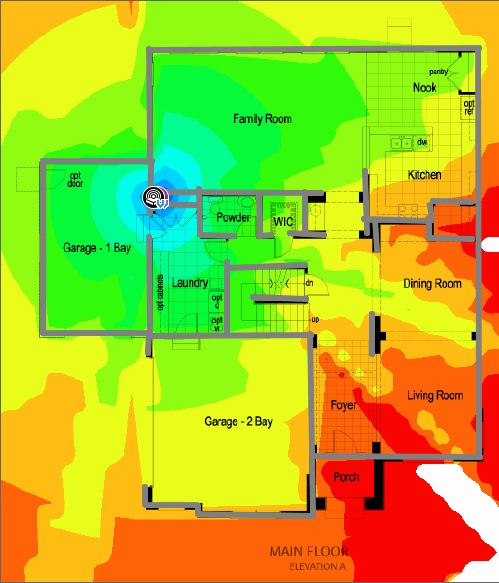Wi–Fi is Great. Until it Isn’t.
By William Chow, CTO/Co-Founder, Mobolize, Inc.
You know what is not great? Wi-Fi dead zones…
- Like when you’re sitting behind the wheel in your driveway but Maps won’t load because you’re in the Wi-Fi dead zone.
- Or when you’re at Starbucks and need an Uber, but waiting for it outside on the sidewalk means the app won’t update the car’s location because you’re in the Wi-Fi dead zone.
You know what else is not so great? Wi-Fi slowdowns…
- Like when you’re at the airport waiting for your plane and can’t load any of your friends’ Instagram Stories on the airport Wi-Fi, because a bunch of kids are also streaming YouTube videos and using up all the Wi-Fi.
- Or when you’re at work and your favorite Spotify playlist is stuttering because some coworker is always randomly doing some big downloads and using up all the Wi-Fi.
Yeah, Wi-Fi sometimes sucks. But we keep using it, and that’s because most of the time, it is still pretty great. So, at Mobolize, we asked ourselves: how do we make Wi-Fi always great?

Wi-Fi dead zones are all around us. (Image curtesy of metageek.)
If you look back at a bit of tech history, it turns out that a bunch of people have tried. Lots of blood, sweat and tears have gone into just getting Wi-Fi calling to survive a dead zone (e.g. Voice Call Continuity). Great for calls but what about apps? Even more blood, sweat and tears (but mostly tears) have gone into holy grail approaches that can do packet-level splitting of data traffic across cellular and Wi-Fi to overcome both dead zones and network congestion, but these approaches all require routing both Wi-Fi and cellular traffic through intermediate servers to re-stitch those split packets back together (e.g. Multipath TCP). That would be a LOT of traffic.
At Mobolize, we have always been focused on client-side software that runs on the device instead of on servers, like our Mobolize|Optimize, which can cut video data usage by 80% with just an app and no in-band servers. So, it’s natural that we’d have a different perspective that would be needed to solve this Wi-Fi problem, and again with just an app.
Look Ma, no servers!
So, how do we do it? In short, we’ve built a network engine that you simply install like any other app from the app store, and it works like a traffic cop inside your device, directing all of the traffic coming/going from your apps to Wi-Fi, cellular or a mix of both.

Mobolize: one app, single platform, multiple services.
This is like channel bonding you’ve seen with T1s and carrier aggregation with LTE, but what we’re doing differently here is effectively bonding across heterogenous channels (i.e. Wi-Fi and cellular). We’ve been working on this for a long time, so there is a lot of special sauce that we have patent-pending and we’ll be sharing more details in upcoming blog posts.
More importantly, what are the benefits of this heterogeneous channel bonding? For end users, our initial trials demonstrate they love it: the majority of trial users reported that their data experience was improved. This has resulted in these users connecting to over 2x more Wi-Fi hotspots than without it. For mobile and Wi-Fi operators, we’ve found that the improved Wi-Fi user experience has increased Wi-Fi data consumption by over 2.5x, which encourages Wi-Fi offload, reduces cellular congestion and boosts customer satisfaction, all without the OpEx of taking all Wi-Fi + cellular traffic thru in-band servers.
We look forward to telling you more about this exciting new technology and you can look forward to a big announcement about it in the coming days.





